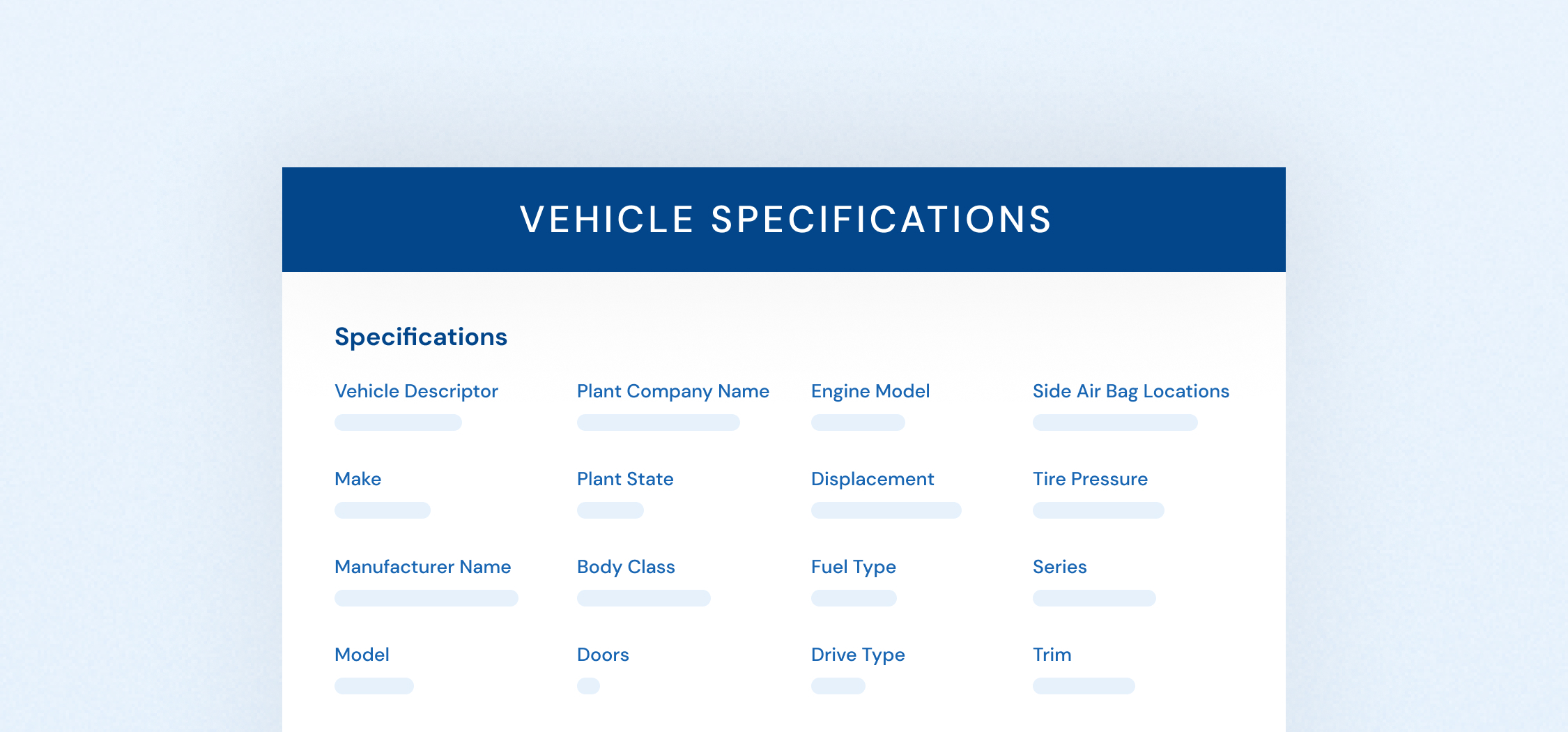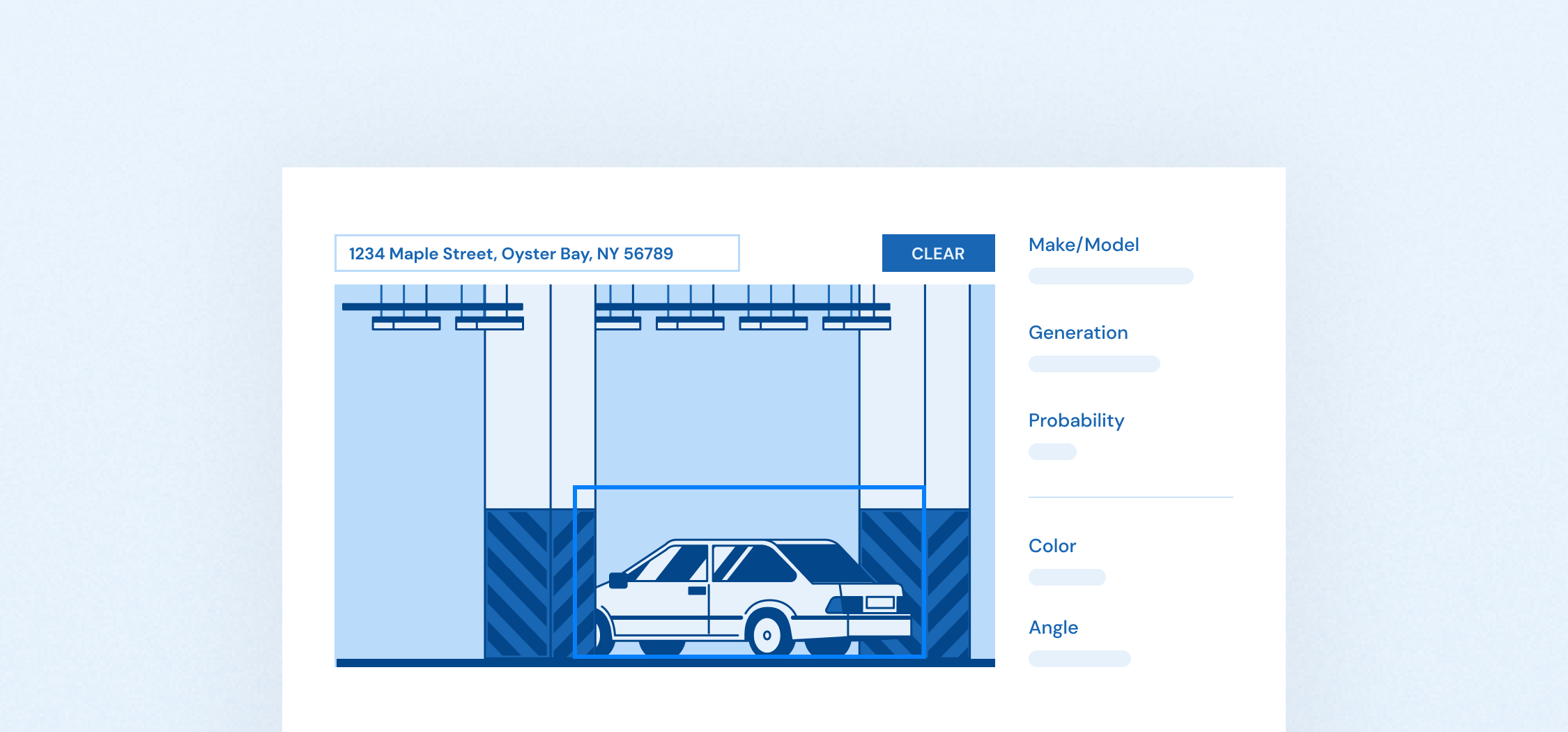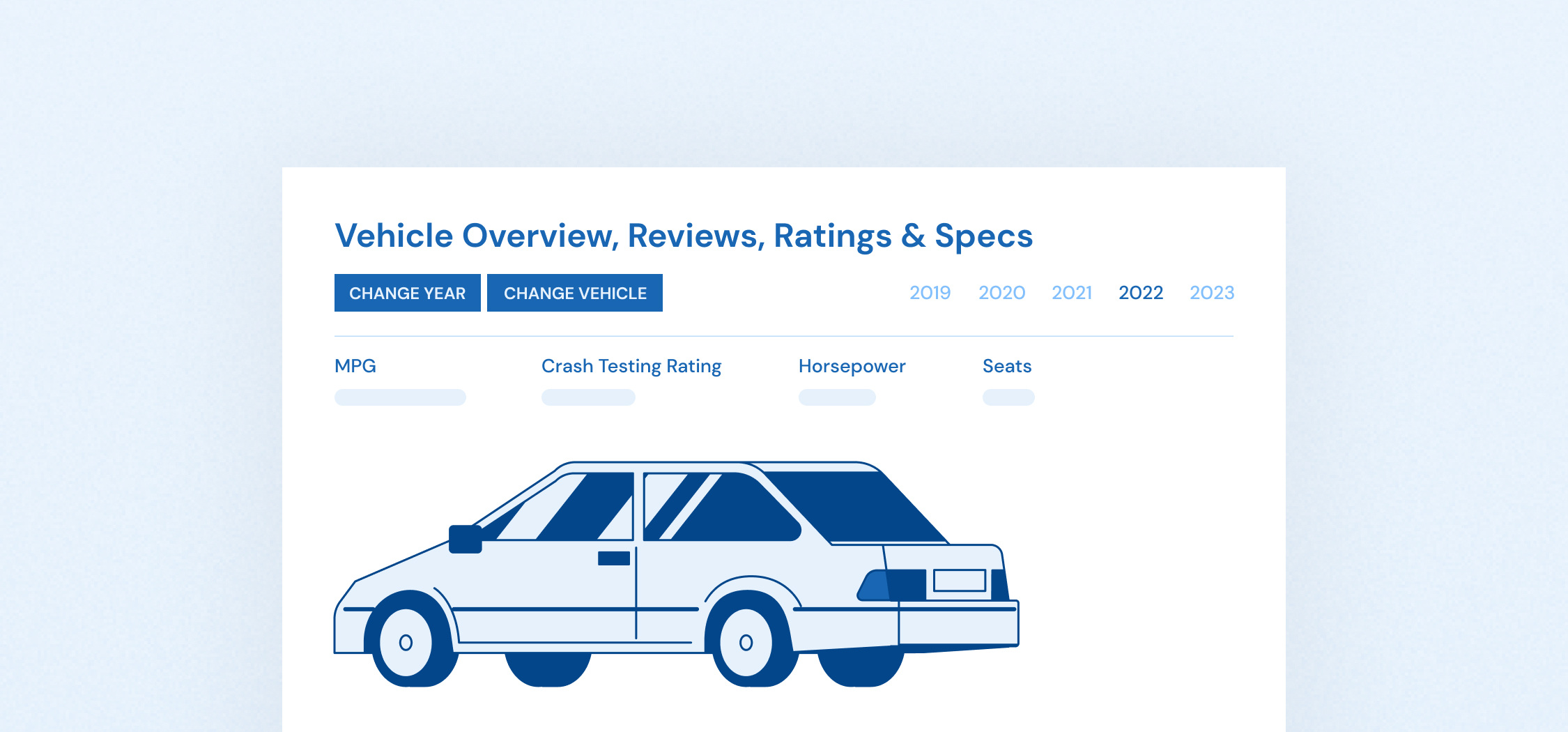July 27, 2023
How OSINT Helped Crack the Long Island Serial Killer Case

Stephanie Ogozaly
Content Manager
When the average person thinks of high-profile criminal investigations, images of dimly lit rooms with towering stacks of physical case files, tense interrogations, or forensics labs might come to mind. In modern investigations, however, sifting through digital data often uncovers the most decisive evidence, as recently demonstrated by the investigation into the Long Island Serial Killer, also known as the Gilgo Beach Murders.
Rex Heuermann, a 59-year-old architect from Nassau County, emerged from a sprawling web of online connections as the primary suspect. His identification and subsequent arrest trajectory underscore the transformative power of open-source intelligence (OSINT) in today's criminal investigations. In this blog, we'll explore OSINT's role in the case and how practitioners can leverage these sources, techniques, and methodologies in similar investigations.
Uncovering the Truth through Vehicle-Based OSINT
The investigation was dramatically propelled forward when Heuermann's vehicle, a first-generation Chevrolet Avalanche, became a focal point. Identified by witnesses and confirmed through New York State's vehicle registration database, this vehicle was registered to Heuermann at the time of the victims' disappearances.
Investigators have a variety of tools at their disposal for collecting targeted vehicle information, including commercial databases, image tools, public VIN lookup services, and license plate search tools. These resources provide real-time data, geolocation information, and historical records, giving investigators the ability to discern vehicle movements, recognize behavioral patterns, and gain insights into associated risks. (You can learn more about these tools and how to use them in our definitive guide to vehicle-based OSINT investigations.)
Publicly available data in Rex Heuermann’s digital footprint identifies two vehicles registered to his Massapequa Park home address, which include a 2012 model Chevrolet Avalanche and a 2008 model Dodge Charger. Processing the VIN for the Chevrolet Avalanche through Vehicle History provides all of the publicly available details about the registered vehicle.

This vehicle was identified as significant to the investigation because a witness to the disappearance of murder victim Amber Costello identified a first-generation Chevrolet Avalanche as the vehicle believed to have been driven by a 6'4" tall man, who may have been her killer.
Processing an image of the vehicles on Heuermann’s driveway through an AI-powered vehicle recognition tool, CarNet, confirms the vehicle to be a Chevrolet Avalanche.

The Power of Geospatial Data Analysis
A breakthrough in the Long Island Serial Killer case arrived via Google Maps imagery, where Heuermann's Chevrolet Avalanche was visible at his residence dating back to 2011. The car's presence in the Google Maps street view was key in linking Heuermann to the vehicle reported by witnesses.
While comprehensive geospatial intelligence platforms are often needed for large-scale analysis, individual and one-off events can be manually analyzed. Various mapping solutions, such as Google Maps, Bing Maps, and Zoom Earth provide satellite imagery and interactive street view panoramas to assist in location analysis. (You can learn more about these tools and how to use them in our definitive guide to geospatial OSINT investigations.)
Both Google Street View and Bing Streetside show a Chevrolet parked in Heuermann's driveway. By manually comparing these images to stock images of a Chevrolet Avalanche available on Vehicle History, specifically those taken from a similar angle, the vehicle's features, such as the rear lights, confirm that it is indeed an Avalanche.

Following Digital Footprints
During the investigation, authorities located numerous online accounts, email addresses, and burner cell phones linked to Heuermann that he used under fictitious names for unlawful activities. His pivotal mistake was using his personal cell phone to access an email account created for anonymous interactions with sex workers.
Email addresses can aid in identifying and verifying individuals, and play a significant role in OSINT investigations. By analyzing email addresses in a tool like Skopenow's Workbench, an investigator can uncover associated online profiles, including social media accounts, providing insights into a person's digital presence. Investigators can examine the public profiles linked to email addresses to uncover a suspect's interests, online activities, affiliations, and personal or professional connections, shedding light on networks and relationships.
In Heuermann's case, this digital trail proved instrumental in connecting him to the crime scene when investigators conducting surveillance observed him dispose of a pizza box. Subsequently, investigators collected a leftover pizza crust from the box, which was sent to a forensics lab for analysis. The DNA results matched Heuermann to a male hair found near one of the victims, implicating him in the crime.
Scaling Investigations with Automated OSINT
The Long Island Serial Killer case underlines the effectiveness of OSINT techniques, such as vehicle identification and geospatial data analysis, leading to critical breakthroughs that traditional methods might overlook. As criminal behavior evolves with technological advancements, law enforcement must keep pace by leveraging automation.
Manual data analysis can be time-consuming and prone to human error or oversight. In contrast, automated tools can swiftly process and analyze enormous datasets, detecting patterns and relationships that might elude human investigators. These tools can tie together seemingly unrelated pieces of information, revealing concealed networks of activity. Additionally, they can monitor multiple data streams in real time, offering a continually updated snapshot of the subject's activities.
At Skopenow, we understand the importance of staying up-to-date on the latest developments, trends, and techniques in OSINT. Our solutions empower organizations to more effectively and efficiently gather and analyze open-source information, identify trends and patterns in the data, and detect emerging threats and risks. Start unlocking the power of open-source intelligence with a free trial today: www.skopenow.com/try.


